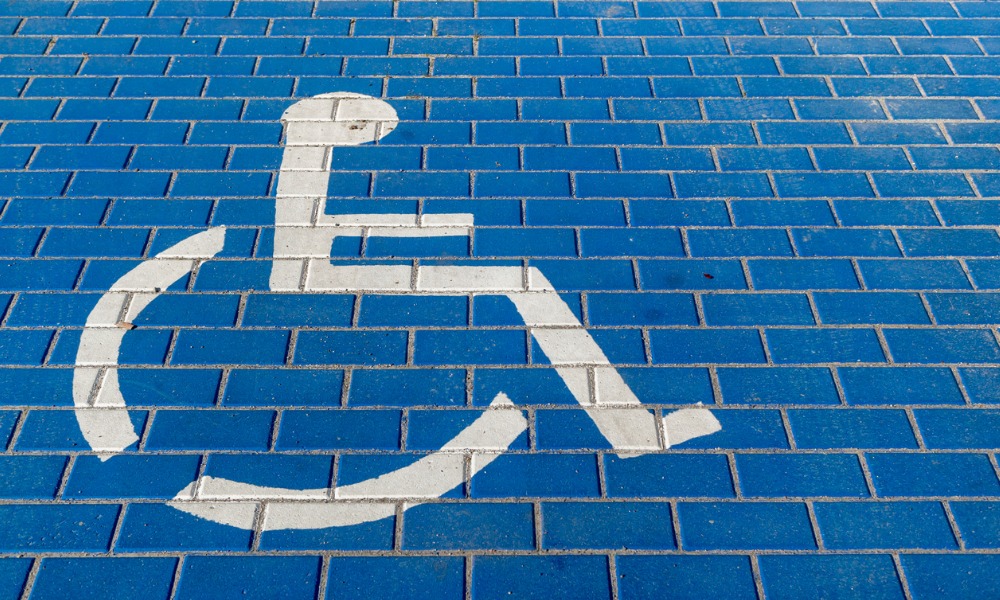Experts warn the new CDB may become an indirect transfer to provinces without changes to regulations

Experts warn that Ottawa's new Canada Disability Benefit (CDB) may become an indirect financial transfer to provinces and territories, according to The Globe and Mail.
This outcome is likely unless social-assistance regulations are amended to prevent automatic clawbacks.
The federal government announced in its April budget that the CDB would provide up to $2,400 a year, or $200 a month, to eligible low-income beneficiaries.
This amount fell short of expectations from many people with disabilities and their advocates, who had hoped the program would significantly reduce poverty for vulnerable Canadians.
Without changes to provincial and territorial regulations, recipients of the new income support who also rely on social assistance may see little to no financial benefit.
Current regulations would reduce their welfare incomes by the amount they receive from Ottawa, resulting in lower social assistance spending and benefiting regional government finances instead of helping those with disabilities.
Alexi White, director of systems change at Maytree, an anti-poverty think tank, emphasized that this issue is significant for both large and small provinces.
So far, only Manitoba, Newfoundland and Labrador, Nova Scotia, and Nunavut have committed to avoid reducing social assistance for recipients who also receive the federal benefit. Disability and anti-poverty advocates are urging other provinces and territories to follow suit.
Michael Prince, a professor of social policy at the University of Victoria, highlighted the importance of coordinated action among provincial and federal leaders to support vulnerable Canadians.
He expressed concern that failing to reach an agreement would reflect poorly on the government's commitment to these citizens.
Despite the release of draft regulations for the CDB by Ottawa, many provincial and territorial governments have not yet stated how they will handle the new federal payments. White noted that delivering the financial aid as a benefit, rather than as a refundable tax credit, has created this problem.
He suggested that provinces and territories could quickly resolve this by amending their regulations to exempt the CDB from automatic reductions.
Ensuring the CDB is not subject to welfare clawbacks would provide some financial relief for many working-age Canadians with disabilities living in deep poverty.
According to a study by the Parliamentary Budget Office, social assistance for people with disabilities falls short of the official poverty line by an average of around 40 percent. To close this gap, Ottawa would need to provide more than $14,000 a year to eligible beneficiaries through the CDB.
The announcement of a $2,400 annual benefit in the latest federal budget disappointed many, including Professor Prince, who resigned from a federal advisory group on disability over the low figure.
Critics also fault the Trudeau government for tying CDB eligibility to the Disability Tax Credit (DTC), which has been notoriously difficult to access for many Canadians with disabilities.
In 2022, approximately 1.1 million people with disabilities aged 15 and older lived below the poverty line in Canada, according to Statistics Canada.
However, only 600,000 are expected to be eligible for the CDB, and recent estimates from Ottawa suggest the program will lift only about 25,000 adults out of poverty, falling short of the government’s initial promise.
White pointed out that only some people receiving social assistance for disabilities have successfully applied for the DTC and will be able to receive the CDB, making it difficult to estimate the precise overlap between these welfare programs and the new federal support.
Professor Prince argues that Ottawa’s discussions with the provinces should expand beyond clawbacks to allow anyone who qualifies for social assistance due to disabilities to access the CDB. He believes this approach would better support Canadians with disabilities.



